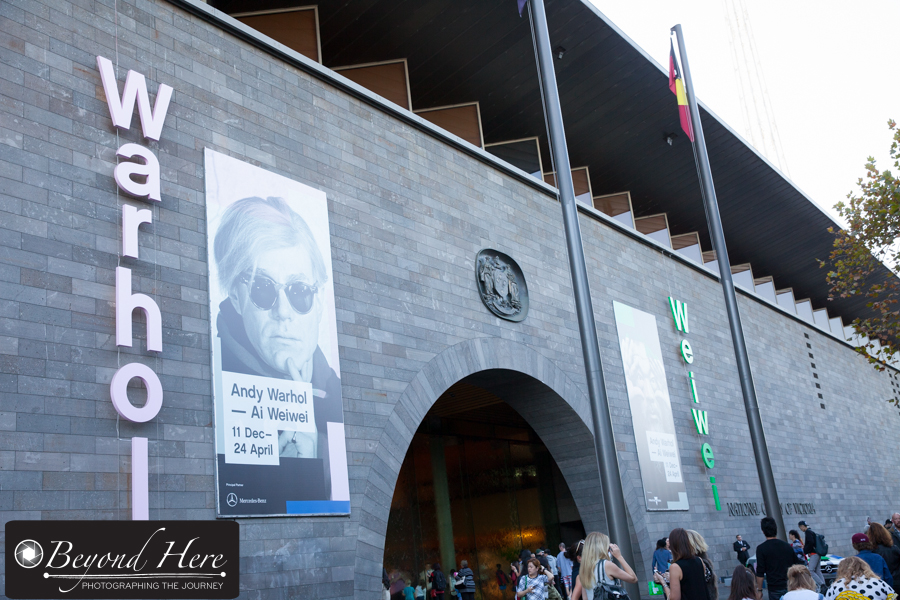I love to share good news stories and experiences to help us run our businesses better. This week I’ve got a bad news story to share. There are lots of lessons to learn from this one – and they are all about how not to run your small business. (I’ll try to focus on the lessons and avoid a rant!)
I am currently planning a stock photo shoot where I need an environment that looks like a shared working space or creative collaboration area. (It’s a concept shoot for my stock portfolio with iStockphoto and Getty Images). I have researched possible locations and have found a venue which looks suitable. It is a studio space in downtown Melbourne, Australia which has two large studio areas and a rooftop outdoor space. It looks very cool and I could imagine it as a creative collaboration area or even as a workspace for a funky advertising agency. I was impressed that they also have a range of tables and chairs and props which could make it look like an active work space, and flexible enough to look like a café.
Here’s where my problems started and the lessons for how not to run your small business begin.

In small business, you are at the center of customer service
My first step was to call the studio to arrange a time to view the space. I was going to be in the area last Friday and wanted to visit. So on Tuesday I gave them a call. The only contact number on the website is a mobile number. I called. There was no answer. There was no option to leave a message. I thought that was odd, but I pressed on. I went back to the website and got the email address. On Tuesday afternoon, I sent an email to the only email address listed on the website.
I didn’t expect an instant reply to my email, but by Wednesday night I was wondering if they had received it and if they were going to reply before Friday.
I have been following this studios posts on Instagram for several months and was encouraged when they added a new post on Thursday. I sent them a private message on Instagram asking if it would be possible for me to visit them on Friday.
By Friday, I hadn’t received a reply to my email or Instagram message, but I was in the area and decided to visit them. Again I drew a blank. At 10.30am the studio roller door was down and there appeared to be nobody around.
As I’m writing this post it is Tuesday afternoon, one week after my first attempt to contact the studio. I haven’t had a reply to my email or Instagram message.
So, what could possibly explain what’s going on for this studio? I’m assuming it can only be one of two things. First, is that business is so good and they are so busy that they have not got back to potential clients. It is a busy time of year and it is possible that they have lots of bookings prior to Christmas. The second possibility is that business is terrible and they have more pressing issues than getting back to a potential client. Who knows, they could be in financial trouble? Or be about to shut down? Or a key person may have health issues? Or there may be other issues that I know nothing about which means they haven’t got back to me? Who knows.
 So, what are the lessons we might learn from this? I’ve come up with five. If you have some to add, or want to share your own experience please add some thoughts in the comments section below.
So, what are the lessons we might learn from this? I’ve come up with five. If you have some to add, or want to share your own experience please add some thoughts in the comments section below.
- Make sure website details are correct and up to date. I wondered if they had mis-typed their own phone number and email address? That sure would have an impact on the number of bookings they get.
- If there are special circumstances, let your clients and potential clients know. I assumed this was a poorly run business with no focus on responding to clients. But maybe that’s not the case. Maybe it’s a one person business and they have a sick child? or a major health issue? To avoid clients thinking the worst – keep them informed. Let them know via your website or phone message or auto reply from your email that they are currently experiencing special circumstances.
- Clients expect you to respond promptly. Make doing this a priority. I thought the idea of contacting the studio on Tuesday and visiting on Friday was giving them lots of time. (I have some clients contact me today and want to visit same day!) Given the ease of electronic communication clients expect a prompt reply. Set aside time in your day to get back to people.
- Word of mouth is a big influencer. Unfortunately I’ve already told this story to several people. It’s annoyed me that I thought I’d found a great location and I haven’t heard back from them. The studio might be getting an unfair wrap, but I’ve shared my experience with other photographers and I know it will influence their choice of studios in the future. Reputation is important. Word of mouth – good or bad – is influential. Do everything to make the word of mouth feedback for your own business positive.
- Doing the basics well is important. Many, many small businesses are built on providing excellent customer service. Excellent customer service does not have to be fancy or special. Often it is about doing the basics very well, every day of the year.
Thanks for taking the time to read how not to run your small business. If you have an experience to add for other readers, please use the comments section below. And to finish this post on a high, please read this post about a great customer experience I had.



 Third step, are you clear on the very next step. Don’t worry about all the steps ahead of you – just be clear on the next one and act on it. My budding sports photographer friend is clear he needs better equipment to shoot action sports. To date he has got by with his wedding and portrait equipment but he knows he needs a camera body that will shoot 10-12 frames per second to capture the fast moving football action. Buying new gear won’t guarantee success, but being clear on your very next step and taking action will keep getting you closer to your vision. Once you’ve acted on that very next step revisit your vision, revisit the discomfort you would have if you never made it, and decide on the very next step.
Third step, are you clear on the very next step. Don’t worry about all the steps ahead of you – just be clear on the next one and act on it. My budding sports photographer friend is clear he needs better equipment to shoot action sports. To date he has got by with his wedding and portrait equipment but he knows he needs a camera body that will shoot 10-12 frames per second to capture the fast moving football action. Buying new gear won’t guarantee success, but being clear on your very next step and taking action will keep getting you closer to your vision. Once you’ve acted on that very next step revisit your vision, revisit the discomfort you would have if you never made it, and decide on the very next step.
 And what about long term experiments? The financial services business was dedicating ten percent of it’s resources to long term experiments. How could we do this? Ten percent of our time is one day every two weeks. Could you set that aside to focus on a completely new income stream for your business? Could you build onto your current business something that you have an interest in? Maybe a new line of photography, new products, a blog, photography seminars, photography tours? Again the activity is up to you, but I want to encourage you to deliberately set aside time for creating new revenue streams.
And what about long term experiments? The financial services business was dedicating ten percent of it’s resources to long term experiments. How could we do this? Ten percent of our time is one day every two weeks. Could you set that aside to focus on a completely new income stream for your business? Could you build onto your current business something that you have an interest in? Maybe a new line of photography, new products, a blog, photography seminars, photography tours? Again the activity is up to you, but I want to encourage you to deliberately set aside time for creating new revenue streams.












 The building and architecture. I have been to the gallery before, but haven’t been influenced by the building architecture and design as much as I was yesterday. After coming through the entrance there is a huge artwork made of bicycle frames. It is very cool. It is visible from most of the escalators which snake up through the building giving really interesting angles of this artwork.
The building and architecture. I have been to the gallery before, but haven’t been influenced by the building architecture and design as much as I was yesterday. After coming through the entrance there is a huge artwork made of bicycle frames. It is very cool. It is visible from most of the escalators which snake up through the building giving really interesting angles of this artwork.


